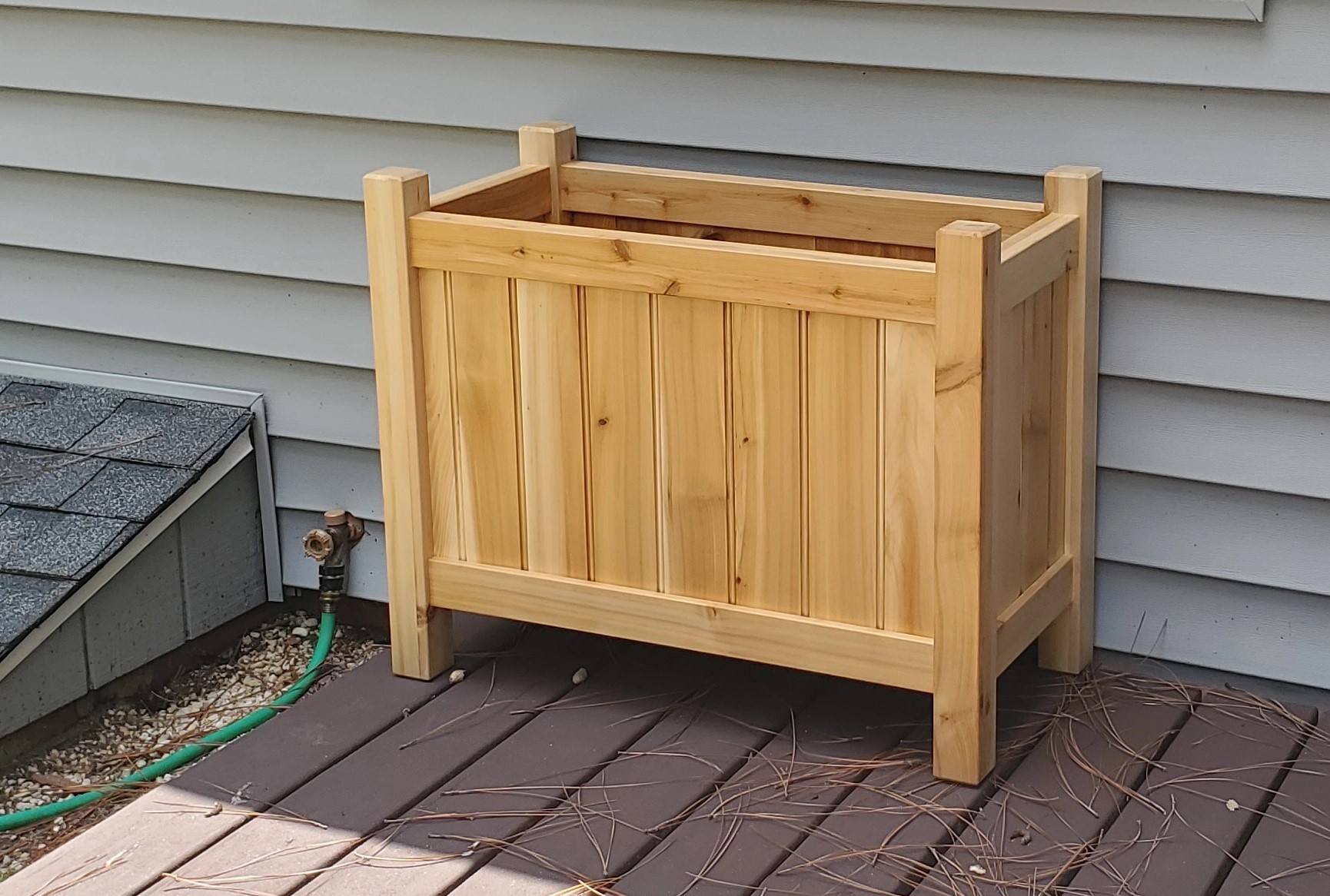I made a low Roman bench out of a piece of bowling alley that was being trashed and some old fence posts. I fitted the legs with slanted mortise and tenon joints and realized that was a lot of work, so I did the other side with bored out round mortise and tenons, which was somewhat easier. There is a notch in place of a full vice, and I mad e a “crochet hook” attachment for wedging up large boards for edge planing, but it split so I’ll need to figure out a different grain direction.
More pics:
I also made a new joiners mallet. My other one’s handle broke because it was pretty soft. The head is a chunk of 3” thick red maple that I’ll use to make my full-sized bench top, and the handle is something dense (oak?). I had to slim down the end of the handle so it would fit through the head. I cut the curve of the handle by cross-cutting lines and then chunking them off with a hatchet and smoothing it off with a spokeshave.
I didnt have an actual mortise chisel, so I essentially had to chisel out the whole mortise. I plan to go back and clean up the fit a little better and smooth out the edges later. I’ll use both of these to make a larger bench to work with, and use the Roman bench as a sawhorse.
Pics:


Woodworking.
No really. It’s just a flat surface to which workpieces can be clamped, braced, even sat on, to secure them for various sawing, chiseling, and planing operations.
Close variations of this simple, low design have been around for thousands of years and can be seen in Roman era mosaics.
Spot on. It’s my primary working surface right now and will be mostly for ripping when I have a full bench. Sitting on it, my weight provides the stability, but I can pick it up and take it outside or anywhere.
I’ll use the joiners mallet to knock together joints and to motivate my chisel.